
Demystifying Oxygen Production: Oceans vs. Amazon Rainforest
The Amazon Rainforest—with its dense, green canopy—and the world’s vast, deep oceans are often considered the lifelines of Earth’s atmosphere. Both play a significant role in regulating gases crucial to life. But a persistent myth continues to circulate: that the Amazon Rainforest produces 20% of the world’s oxygen. While it makes for a compelling headline, this statement is misleading. The real powerhouse of oxygen production lies not on land, but beneath the waves—in the form of microscopic marine life.
This article takes a closer look at the oxygen-generating capacity of the Amazon Rainforest compared to that of the oceans, particularly through the activity of phytoplankton, the unsung heroes of Earth’s biosphere.
Oxygen Production: The Basics
Oxygen is essential for the survival of most life forms. It is produced through photosynthesis, a natural process in which green plants, algae, and certain bacteria convert sunlight, carbon dioxide (CO₂), and water into energy (glucose). A byproduct of this process is oxygen, which is released into the atmosphere.
Photosynthesis occurs both on land and in water. However, there’s a key difference: how much oxygen is actually added to the atmosphere by these processes.
Photosynthesis on Land: A Balanced Cycle
Forests, including the Amazon, are incredibly productive ecosystems. Trees and plants photosynthesize during the day, releasing oxygen as they grow. But they also consume oxygen—both through their own cellular respiration and through the decomposition of dead organic material by microbes and fungi.
This creates a closed oxygen loop: the Amazon Rainforest produces a large amount of oxygen, but also uses nearly all of it. The result? Its net contribution to the oxygen we breathe is close to zero.
Marine Photosynthesis: Earth's True Oxygen Engine
In contrast, marine ecosystems operate differently. Tiny aquatic organisms called phytoplankton float near the surface of the ocean and photosynthesize in much the same way as plants. However, because much of the organic matter in the ocean sinks to the seafloor before it decays, the oxygen used in respiration is not always recycled back at the surface. This gives oceans a net positive oxygen output.
In fact, it’s estimated that over 70% of the oxygen in Earth’s atmosphere is generated by phytoplankton and other marine plants. These microscopic organisms may be small, but their collective impact is massive.
Myth-Busting: The 20% Amazon Oxygen Claim
The idea that the Amazon produces 20% of Earth’s oxygen likely originates from the fact that it accounts for about 20% of photosynthesis on land—not total global oxygen production. However, when considering oxygen used by the forest itself, its net contribution drops dramatically, likely hovering around zero.
Why doesn’t the Amazon add more oxygen to the atmosphere?
It comes down to respiration. Both plants and microorganisms in the rainforest consume oxygen continuously, especially when organic matter decomposes. The same trees that photosynthesize by day also breathe around the clock, as do countless soil organisms breaking down dead plant material. In this way, the Amazon functions more like a giant recycling system for oxygen, rather than a net producer.
Additionally, the limiting factor is carbon dioxide concentration. The atmosphere contains only about 0.04% CO₂, compared to 21% oxygen, meaning there’s a natural ceiling to how much new oxygen any photosynthetic system can generate.
Scientific Estimates: Just How Much Oxygen Does the Amazon Produce?
Dr. Yadvinder Malhi, an ecologist at the University of Oxford, estimates that the Amazon generates approximately 16% of the oxygen produced by terrestrial plants. However, when global photosynthesis is taken into account—including the oceans—this contribution drops to around 9% of total photosynthetic oxygen output. Again, this is gross production—not accounting for the oxygen consumed within the ecosystem.
Oceans: The Silent Oxygen Giants
While forests play a valuable role in regulating global carbon and water cycles, the oceans dominate oxygen production. Marine photosynthesis, particularly by phytoplankton, is the main driver of this process.
What Are Phytoplankton?
Phytoplankton are microscopic, plant-like organisms that float near the surface of oceans, lakes, and rivers. Like land plants, they harness sunlight to photosynthesize, producing oxygen and removing carbon dioxide from the water and atmosphere.
One of the most prolific oxygen producers is Prochlorococcus, a tiny cyanobacterium found in the open ocean. According to marine biologist Dr. Sylvia Earle, this single species is responsible for generating the oxygen in one out of every five breaths we take.
The Health of Oceans Matters
Healthy oceans are critical to maintaining this oxygen supply. Phytoplankton thrive in clean, nutrient-rich water with access to sunlight. But pollution, climate change, rising ocean temperatures, and acidification all threaten their survival. A decline in phytoplankton populations could have profound consequences—not just for marine ecosystems, but for atmospheric oxygen levels and climate regulation as well.
Comparing the Amazon and Oceans in Oxygen Output
| Factor | Amazon Rainforest | Oceans (Phytoplankton) |
|---|---|---|
| Oxygen Production | High gross production, but nearly zero net output | High gross and net production |
| Limiting Factor | High internal oxygen consumption via respiration | Less oxygen consumed, more retained in system |
| Global Contribution | ~9% of global photosynthetic O₂ | >70% of global photosynthetic O₂ |
| Vulnerability | Deforestation, fire, climate change | Ocean warming, acidification, pollution |
Why We Must Protect Both Ecosystems
Though the Amazon is not the “lungs of the Earth” in the way it's often portrayed, its ecological importance cannot be overstated. It regulates rainfall patterns, stores vast amounts of carbon, and harbors unparalleled biodiversity. Meanwhile, oceans and their phytoplankton are vital for oxygen production, climate regulation, and carbon sequestration.
The health of both ecosystems is deeply intertwined with the health of the planet. One cannot thrive without the other.
In Conclusion: Rethinking Oxygen Origins
The Amazon Rainforest may be awe-inspiring, but the real oxygen champions are the oceans. Understanding the true roles of these ecosystems in Earth's oxygen cycle helps us move past myths and focus on what truly matters: preservation and sustainability.
As we face the twin crises of climate change and biodiversity loss, protecting Earth’s critical ecosystems—whether rooted in soil or floating in the sea—has never been more urgent. Every breath we take is a reminder of the delicate balance that keeps life on this planet possible.
News in the same category


From Prophecy to Preparedness: Ghana’s Ark Builder and the Questions Behind Apocalyptic Claims

Teen Builds $500 Dialysis Machine That Works Faster Than Hospital Models

Elon Musk Calls on 226 Million Followers to Cancel Netflix Amid Surging Boycott Movement

Officer Breaks Car Window to Rescue Baby – Then Realizes It Was a Mistake
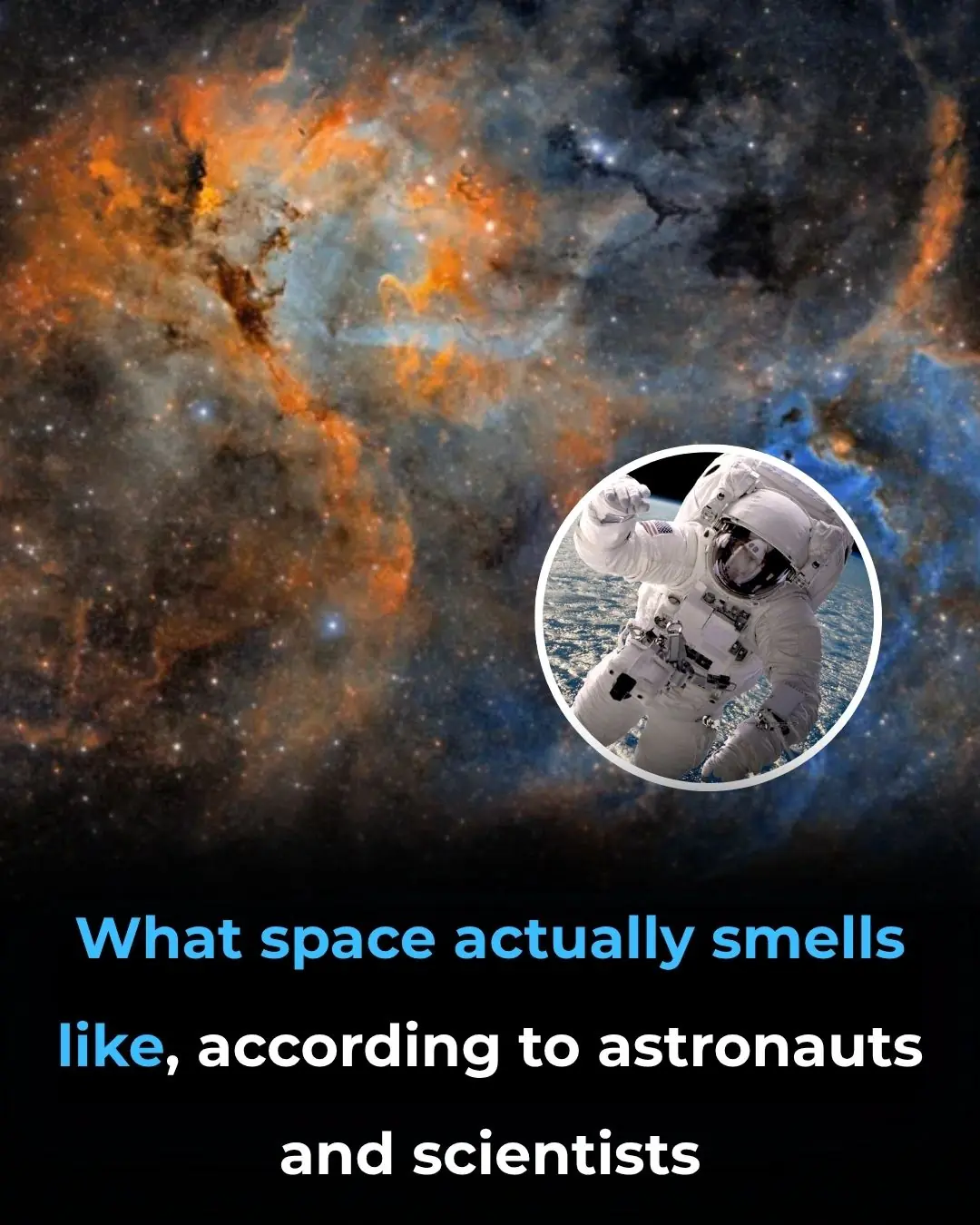
What Space Actually Smells Like, According to Astronauts and Scientists

Scientist Watches to See If Strange Interstellar Object Releases Any Probes
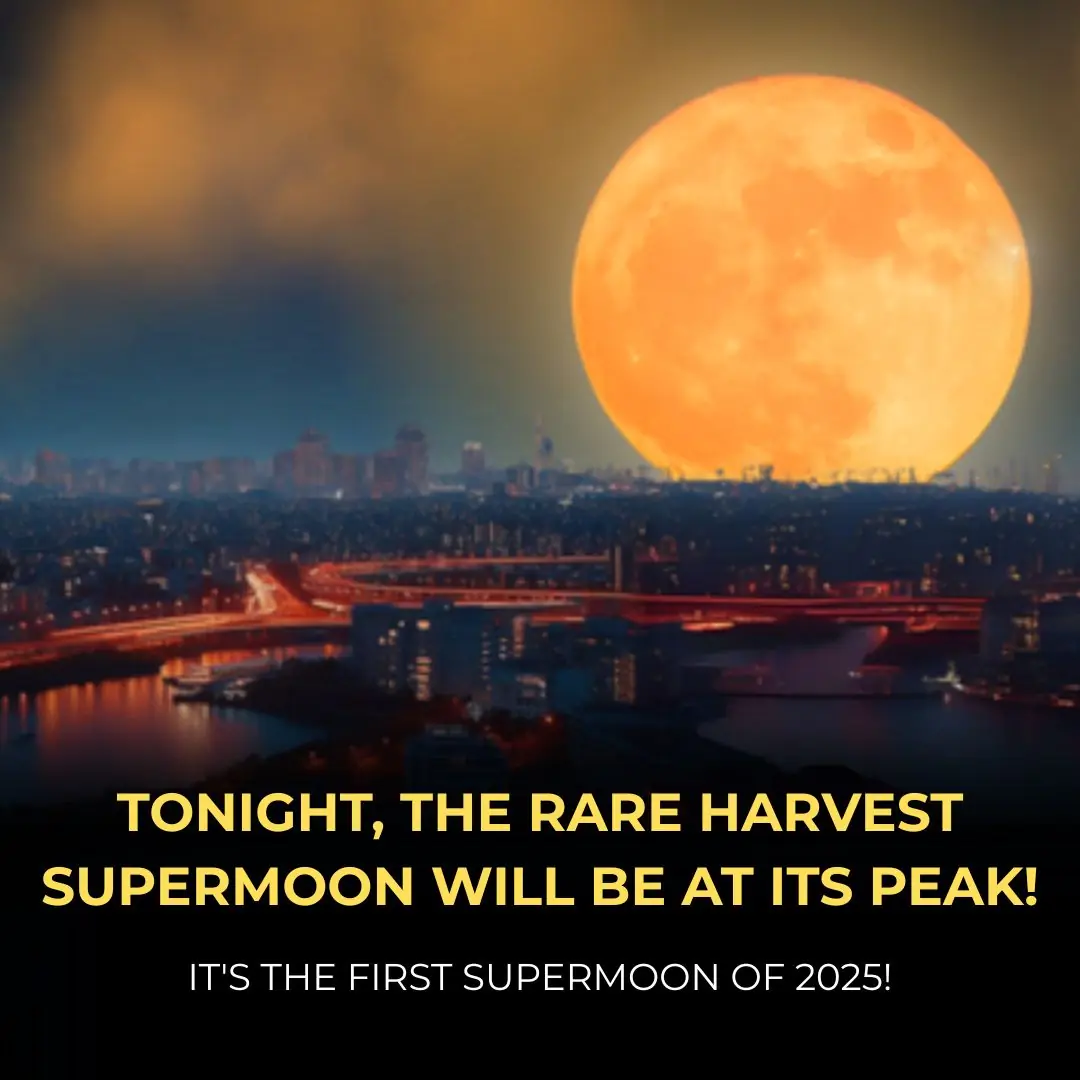
Prime views of the Andromeda Galaxy and Ceres—October 2
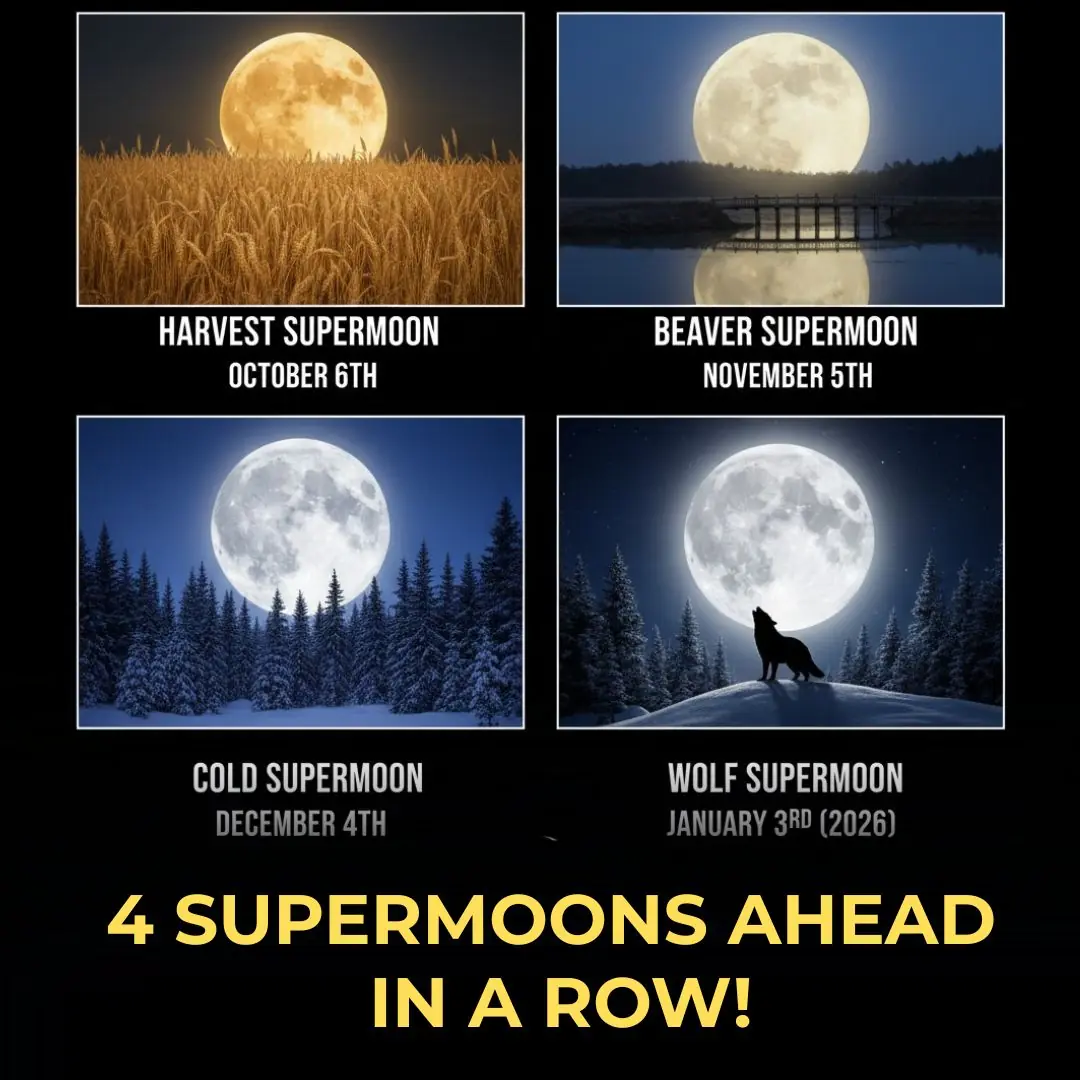
Prime views of the Andromeda Galaxy and Ceres—October 2
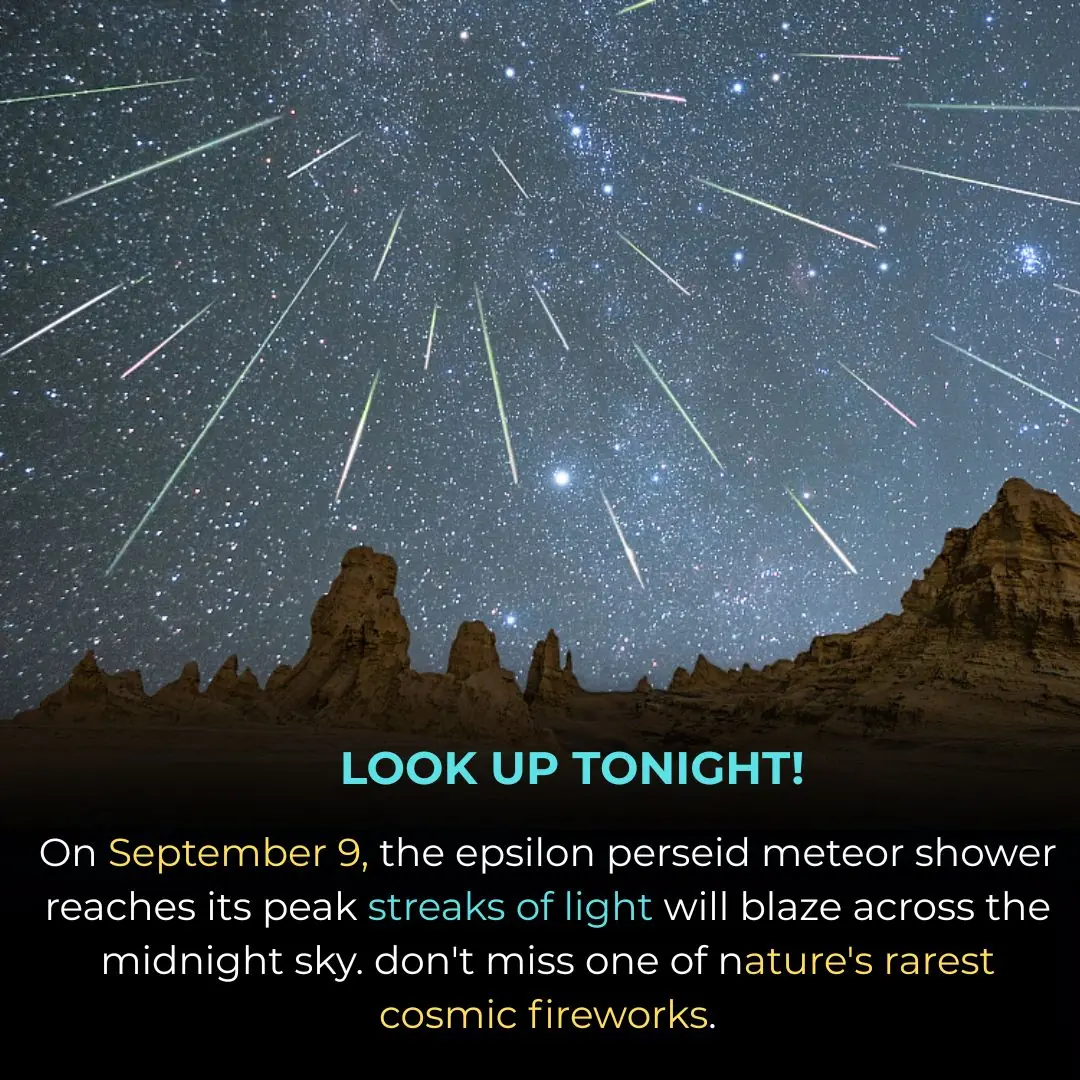
September 9 Meteor Shower: Epsilon Perseids to Dazzle the Night Sky
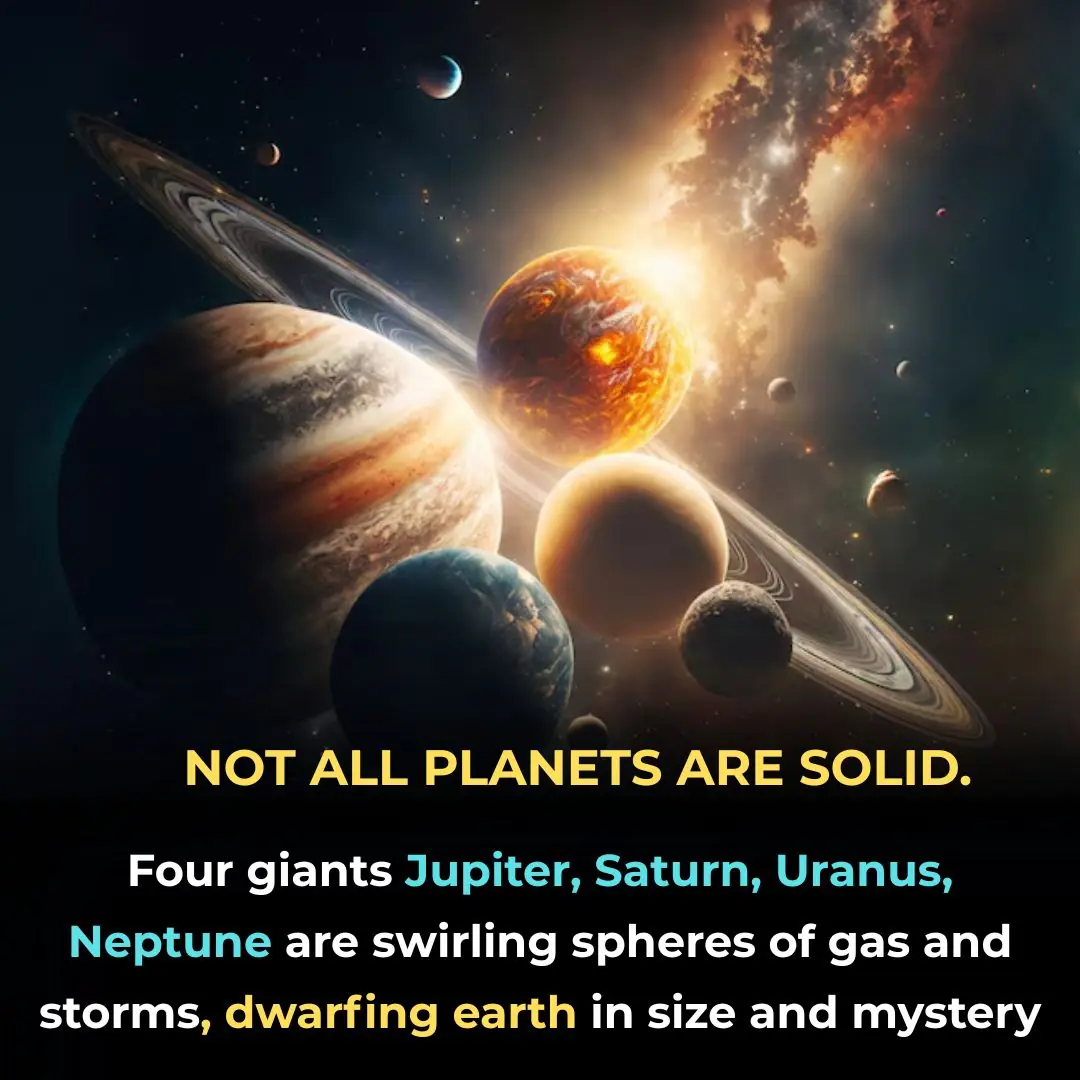
Gas Giants of the Solar System: Jupiter, Saturn, Uranus & Neptune

YouTuber destroys new iPhone Air with a blowtorch to test its durability

GameStop issues promising statement following Xbox Game Pass price hike

1st solar eclipse of 2025 puts on stunning show for skywatchers around the world (photos)
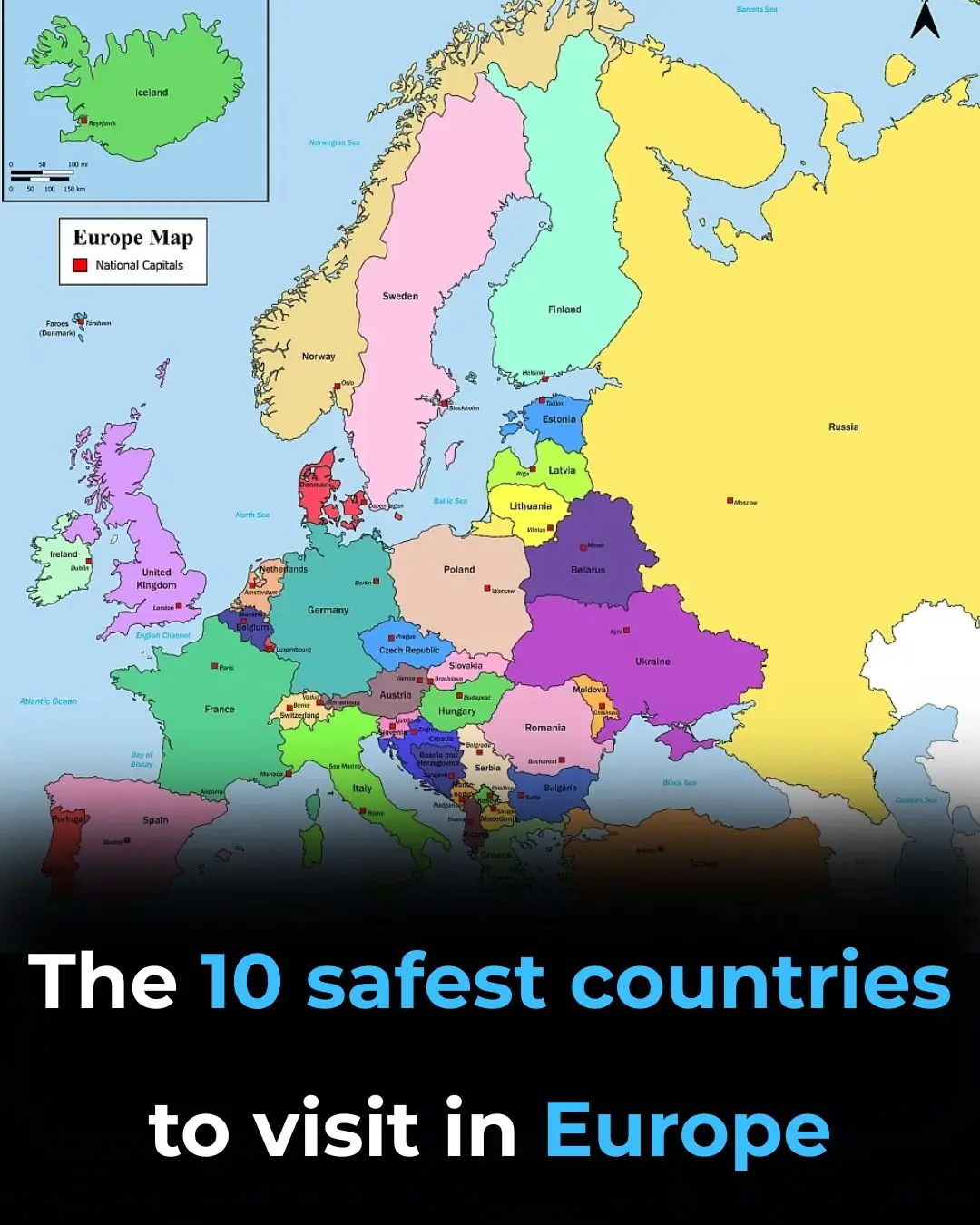
10 Safest Countries to Visit in Europe
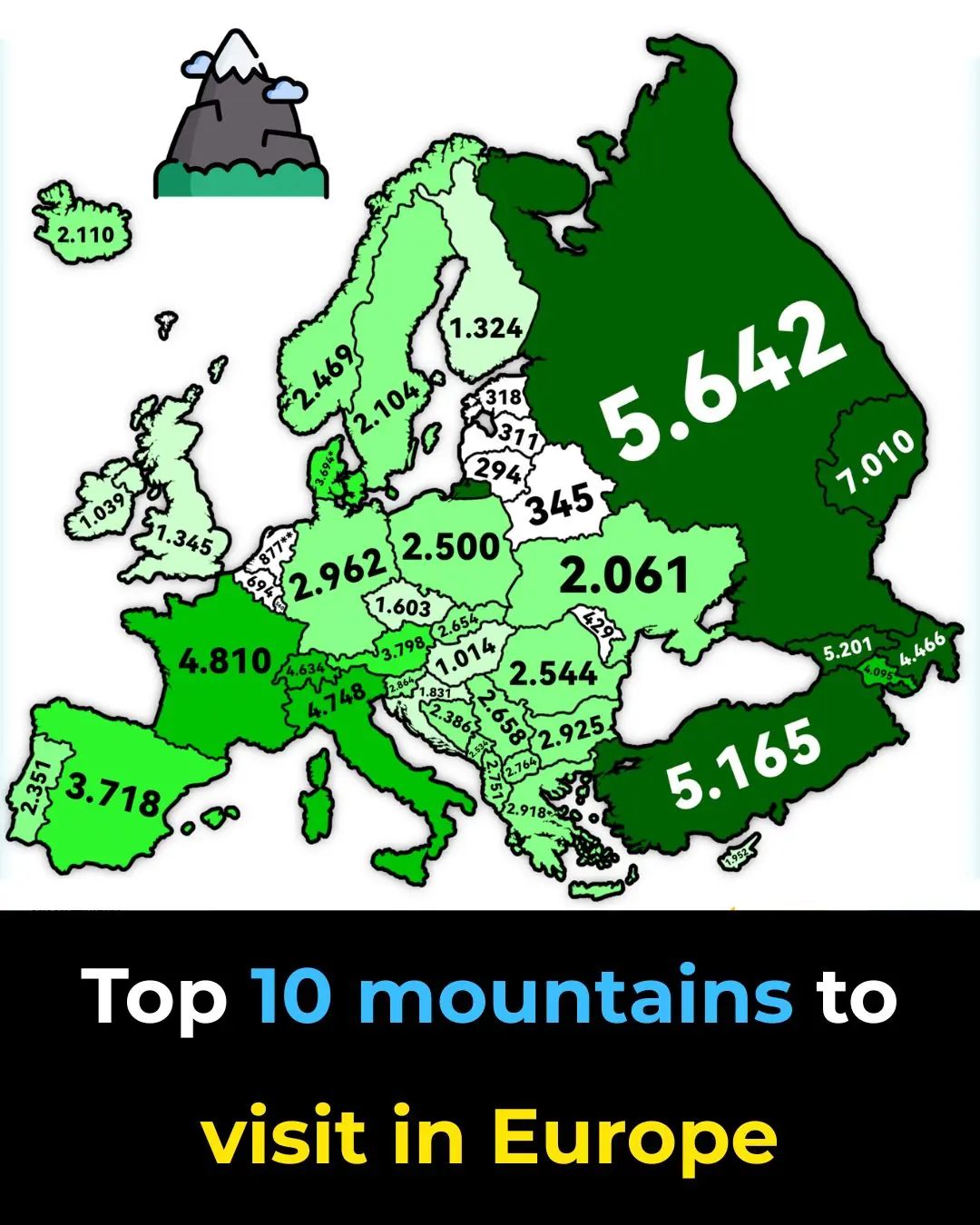
Majestic Peaks: Top 10 Mountains to Visit in Europe
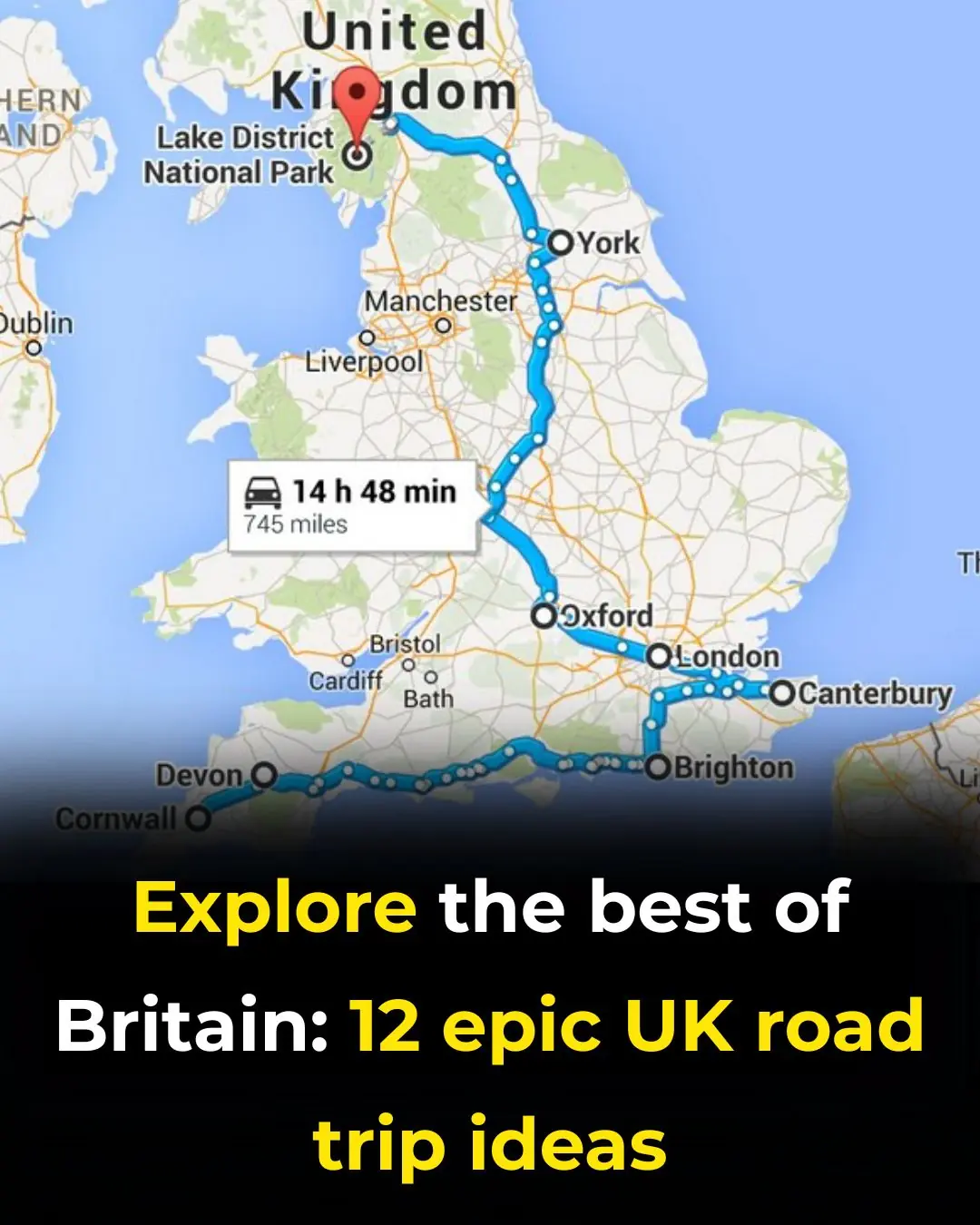
Explore the Best of Britain: 12 Epic UK Road Trip Ideas
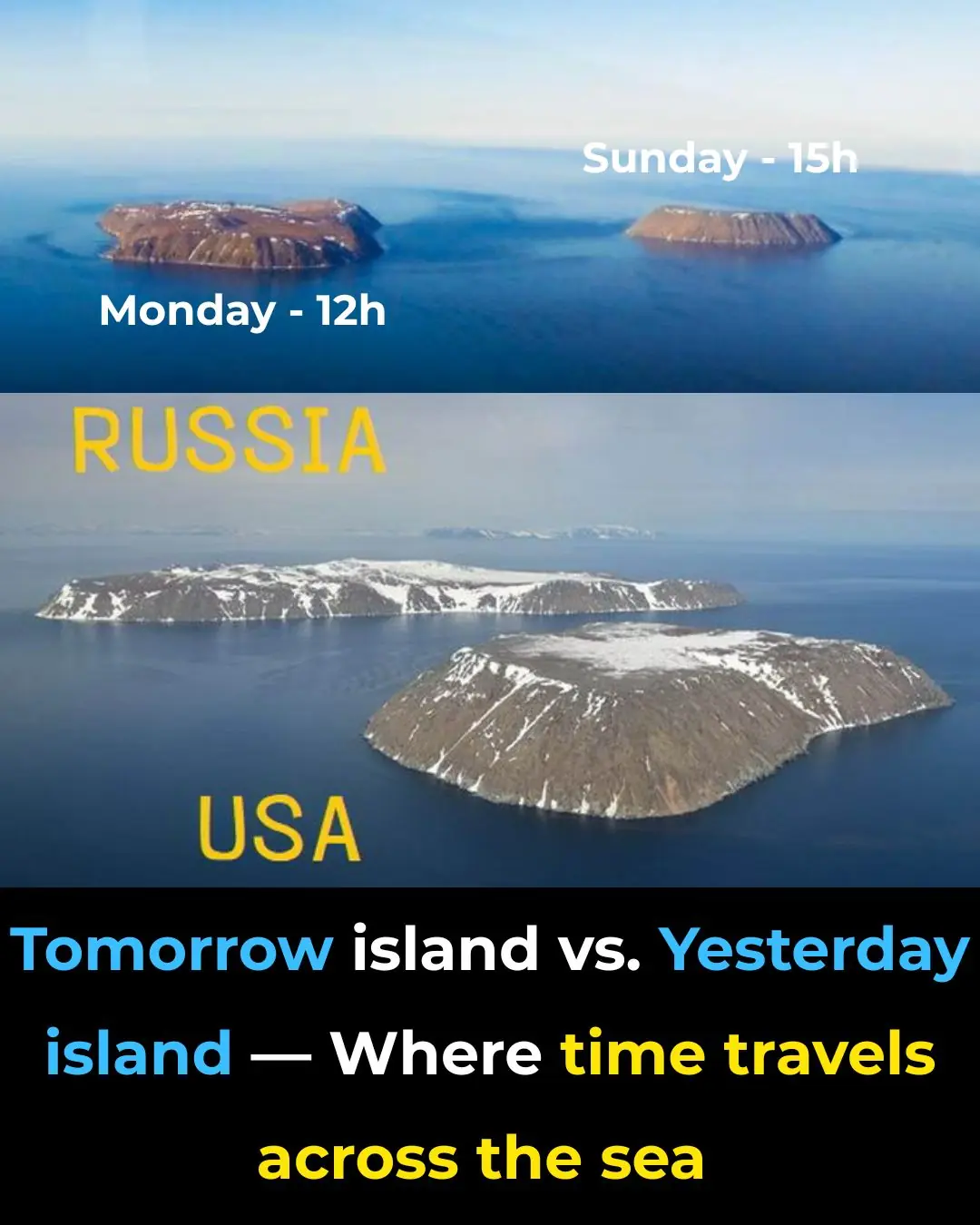
Tomorrow Island (Russia) and Yesterday Isle (USA) Are Just Three Miles Apart But There’s a 21-Hour Time Difference Between Them
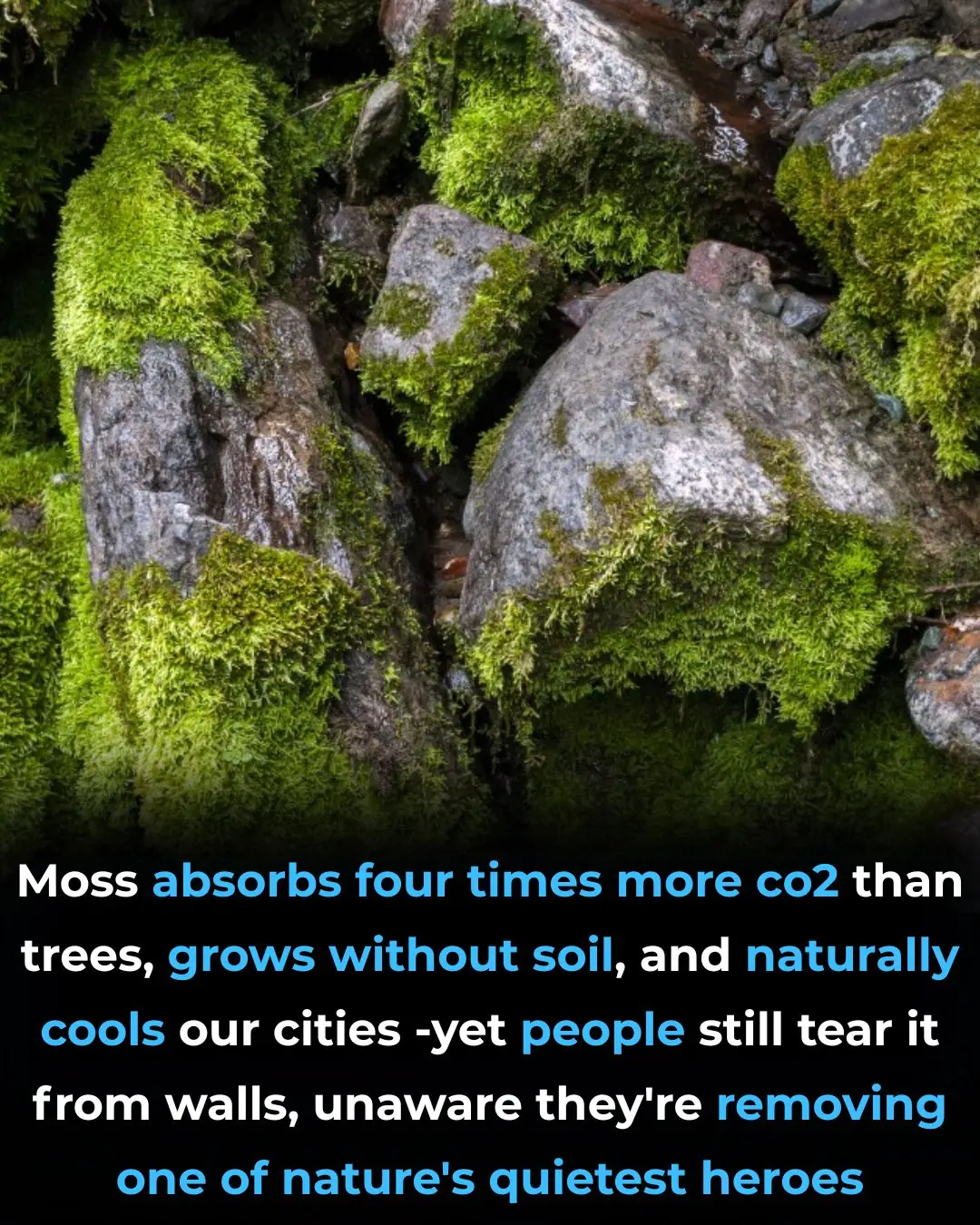
The Mighty Moss: Nature’s Unsung Superhero
News Post

Tems to Headline First-Ever FIFA Club World Cup Final Halftime Show

BLK & Bold, the First Black-Owned Nationally Distributed Coffee Brand, Expands to Costco
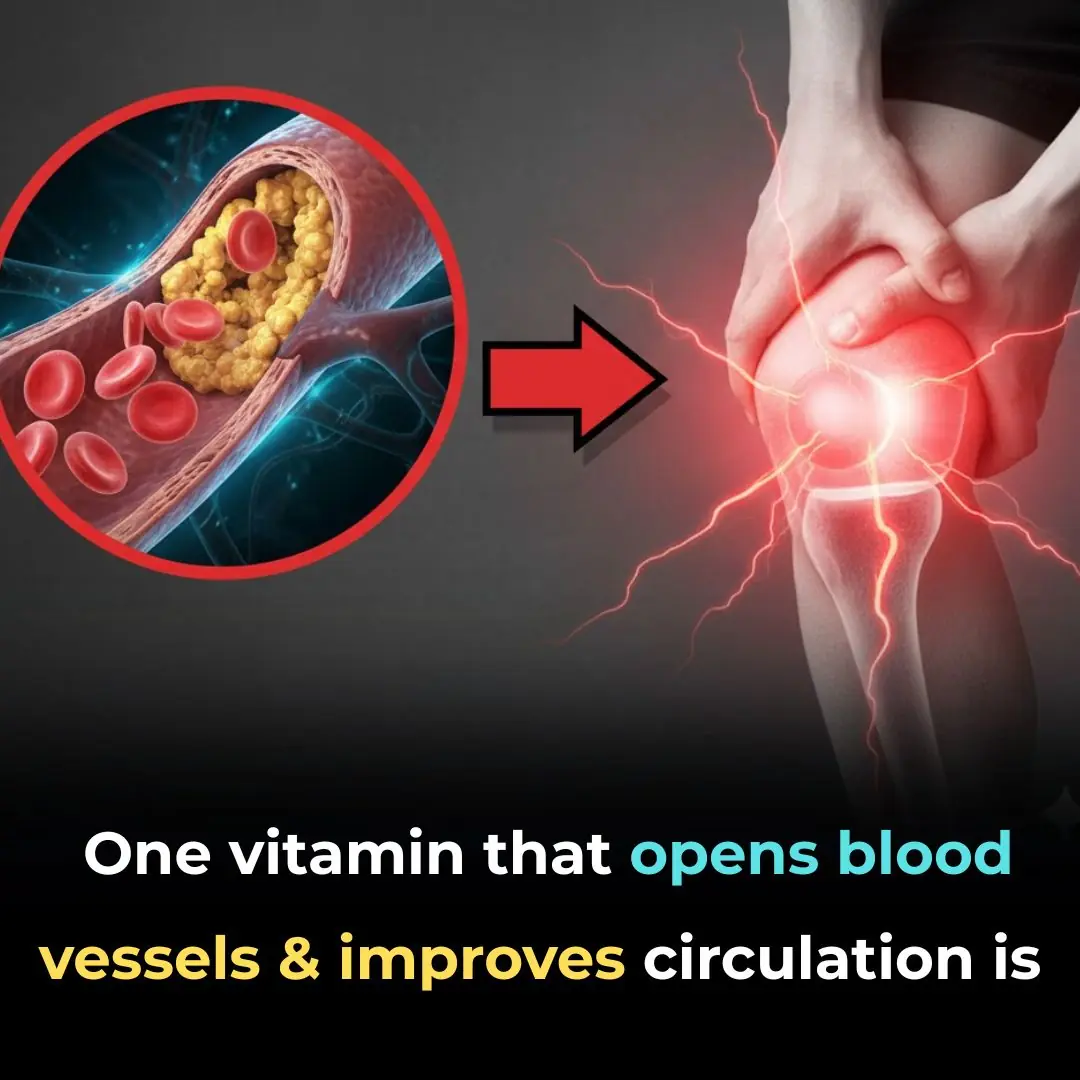
One Vitamin That Could Transform Your Circulation

White Bumps on Your Face Don’t Try to Remove Them

How the U.S. government shutdown is set to upend the lives of thousands of ordinary Americans

From Prophecy to Preparedness: Ghana’s Ark Builder and the Questions Behind Apocalyptic Claims

Trump Schedules White House UFC Fight for His 80th Birthday After Sharing Plans for the Dramatic Stage

Concerns for sobbing Amy Dowden following Strictly exit

Strictly stars Amber Davies and Nikita Kuzmin warned over behind-the-scenes ‘rift’

Queen Camilla's cheeky tribute to Jilly Cooper wishing her 'impossibly handsome men' in hereafter

Transfer battle intensifies for wanted former Huddersfield Town man

Tips to clean the washing machine drum from mold with familiar, inexpensive items without vinegar or bleach
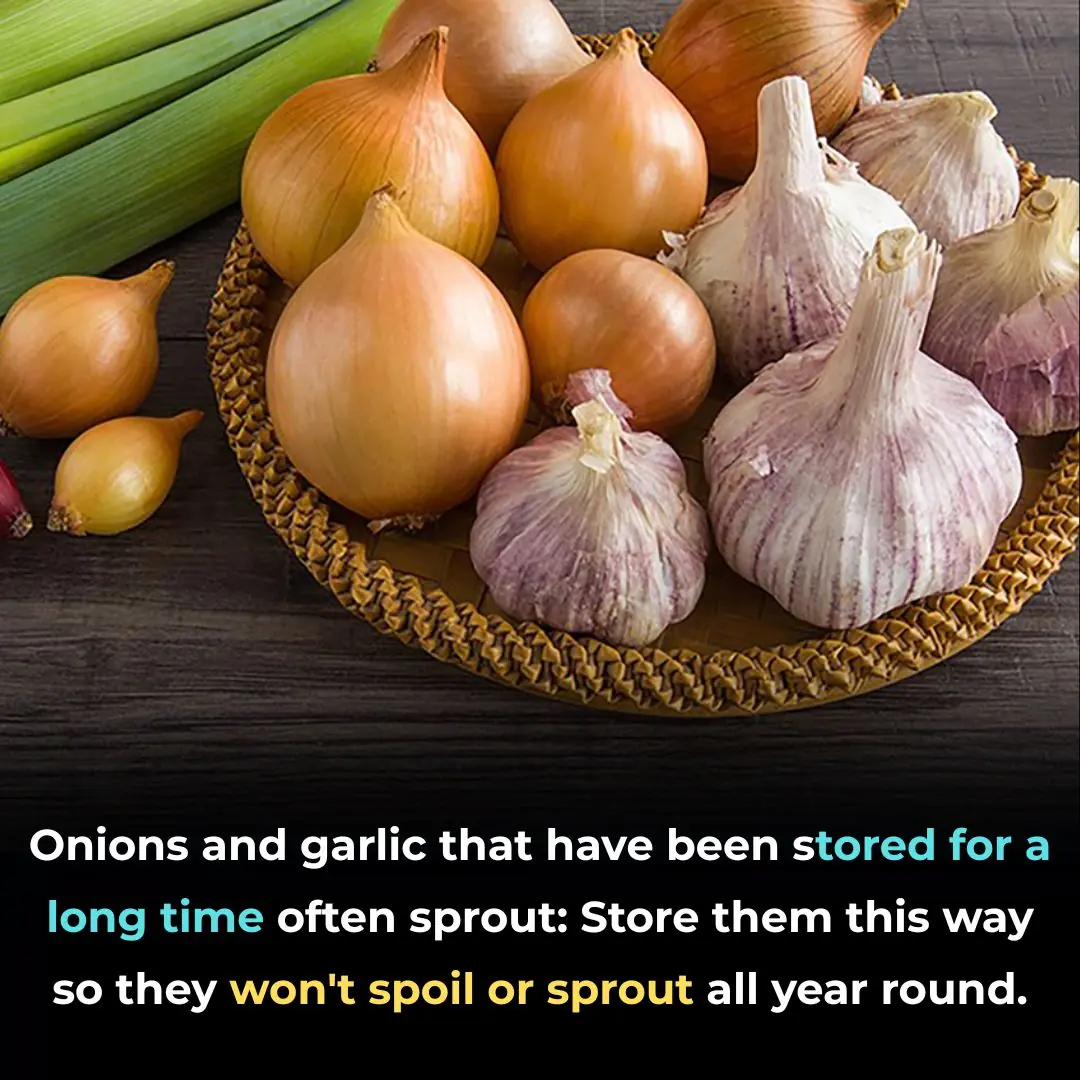
Onions and garlic that have been stored for a long time often sprout: Store them this way so they won't spoil or sprout all year round.

Toilet lid and seat are yellowed for a long time: Apply this tip to whiten the toilet and remove all bad odors
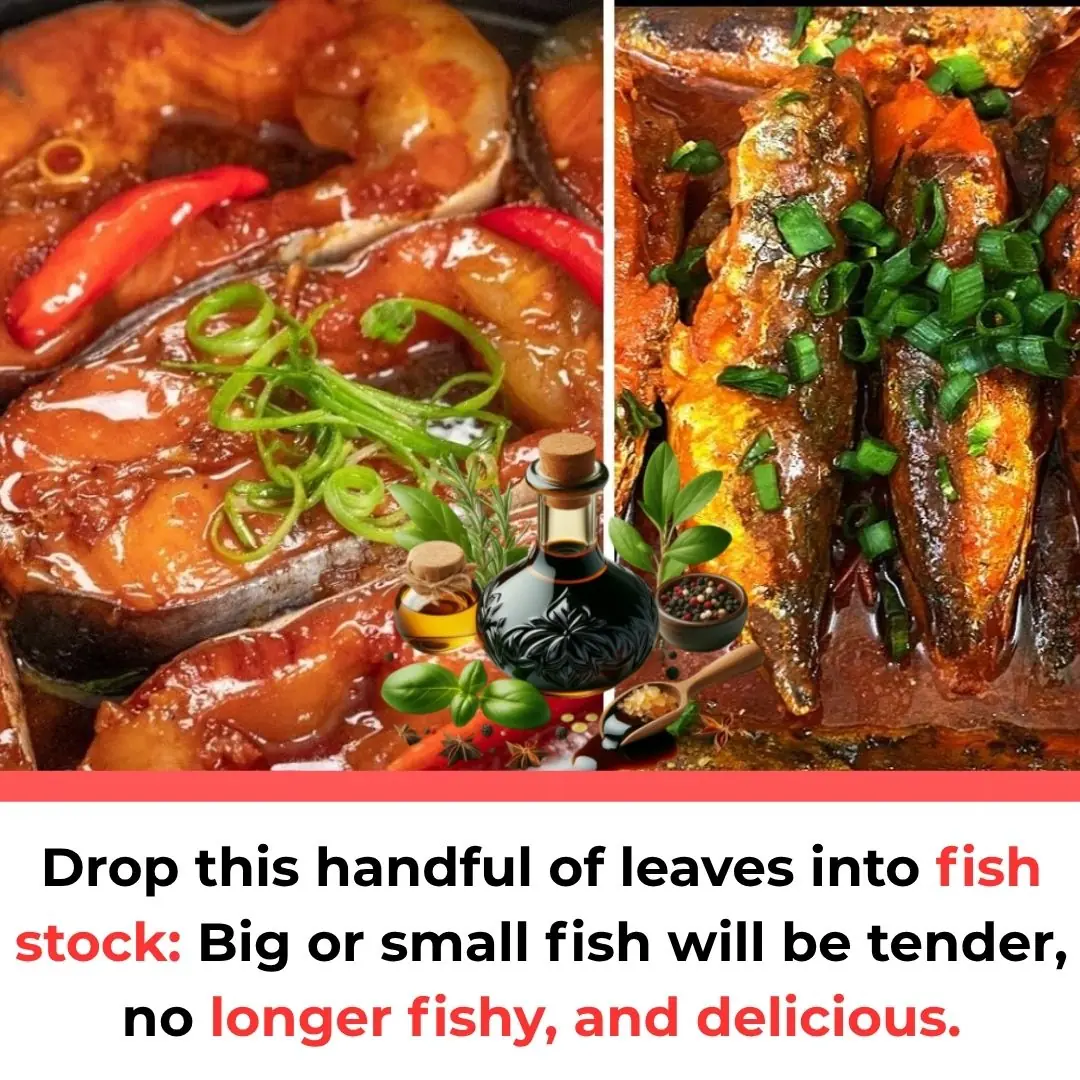
Drop this handful of leaves into fish stock: Big or small fish will be tender, no longer fishy, and delicious.

Prince Harry Had Two Close Encounters with Known Stalker During Recent U.K. Visit
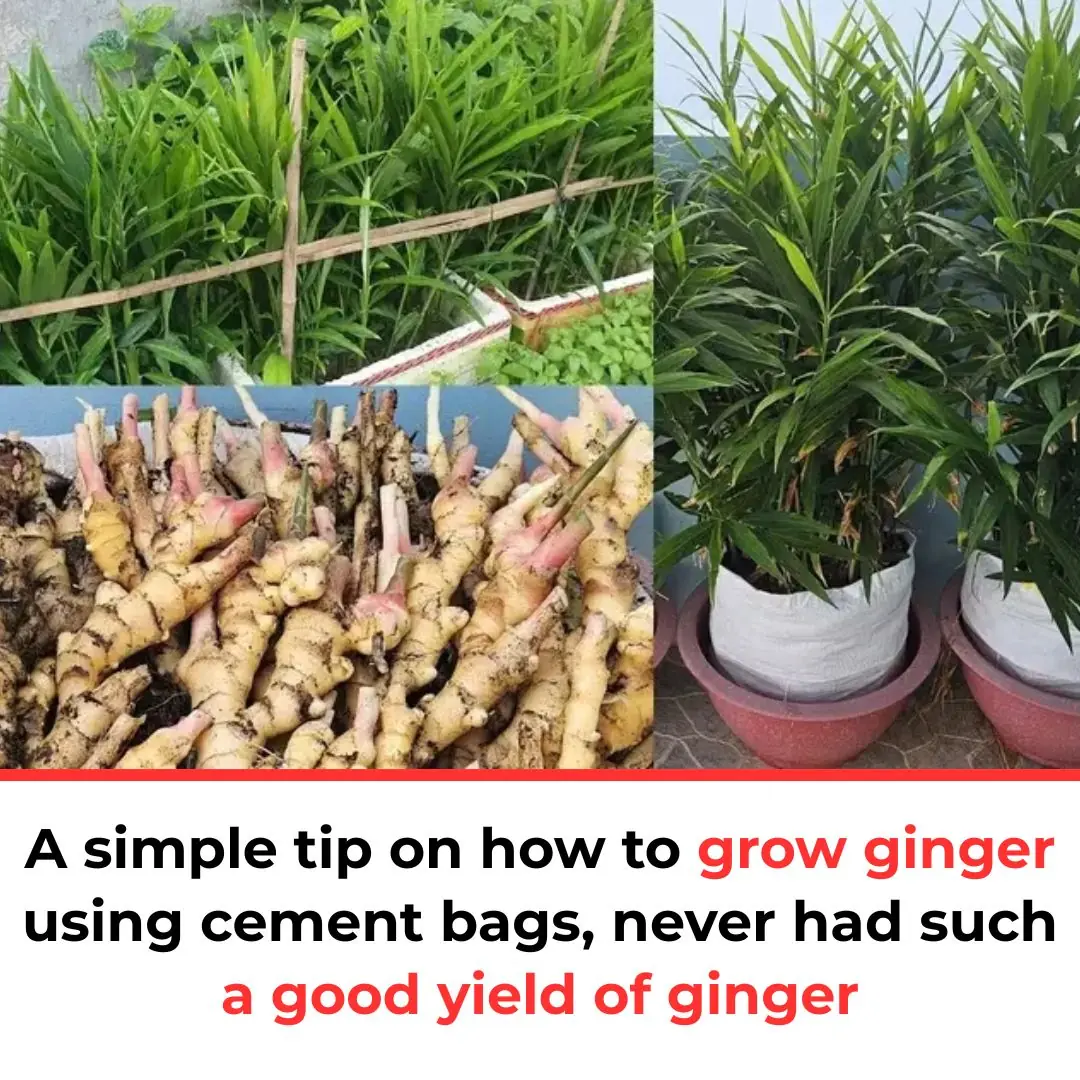
A simple tip on how to grow ginger using cement bags, never had such a good yield of ginger

Blanching pork in boiling water, you think it's clean but it absorbs more dirt: This is the right way to do it

Married at First Sight UK fans crown 'best match' after two weeks
